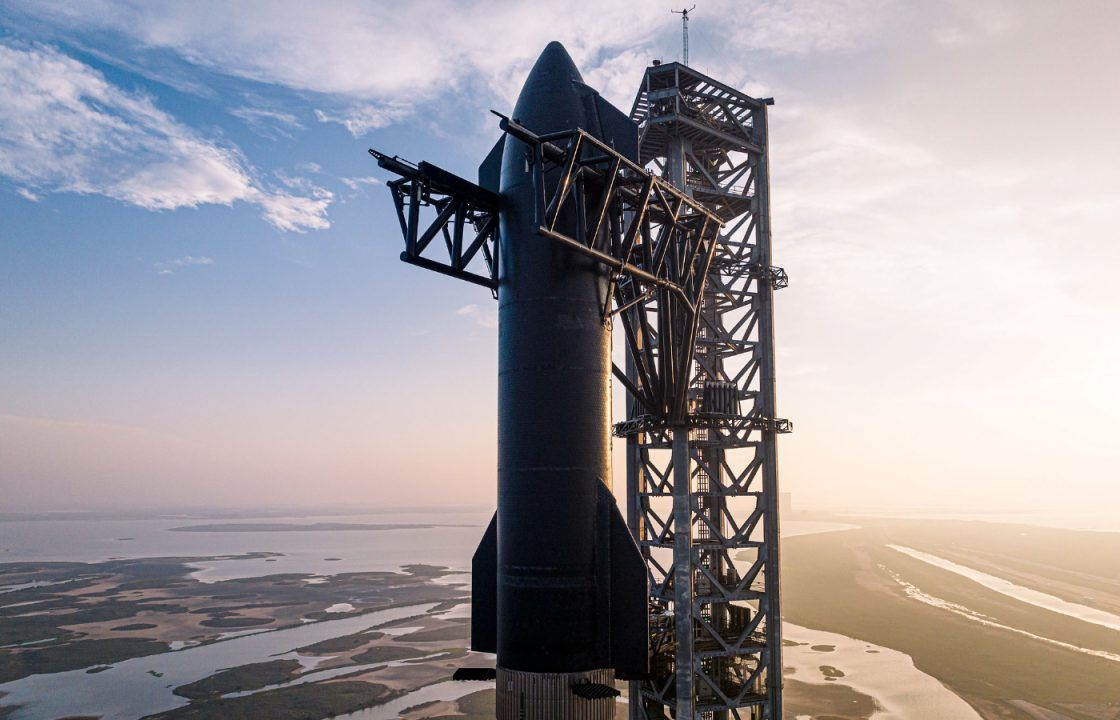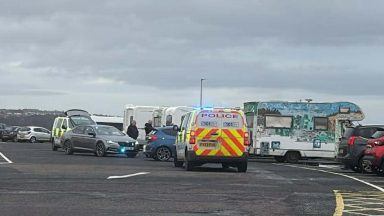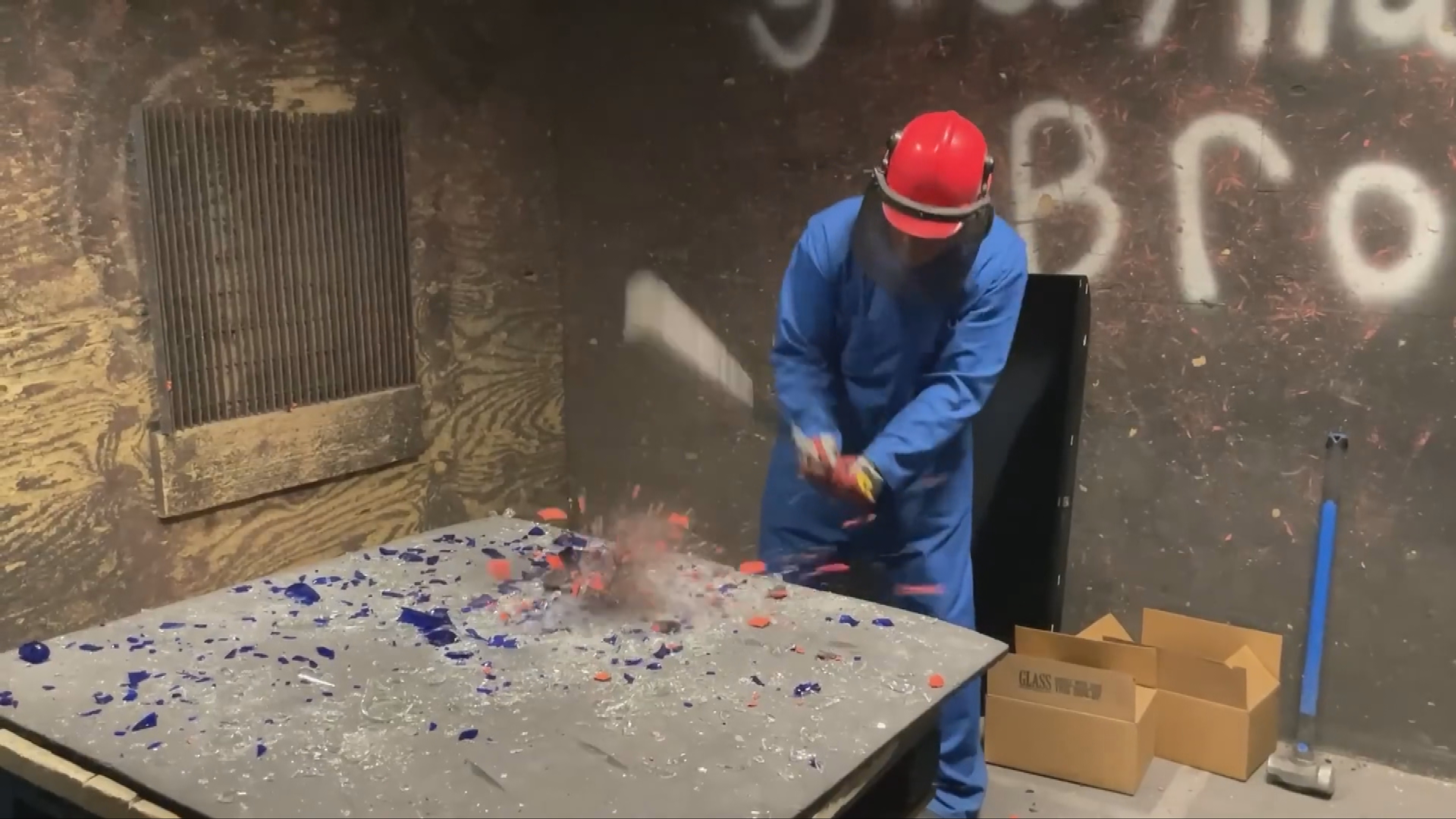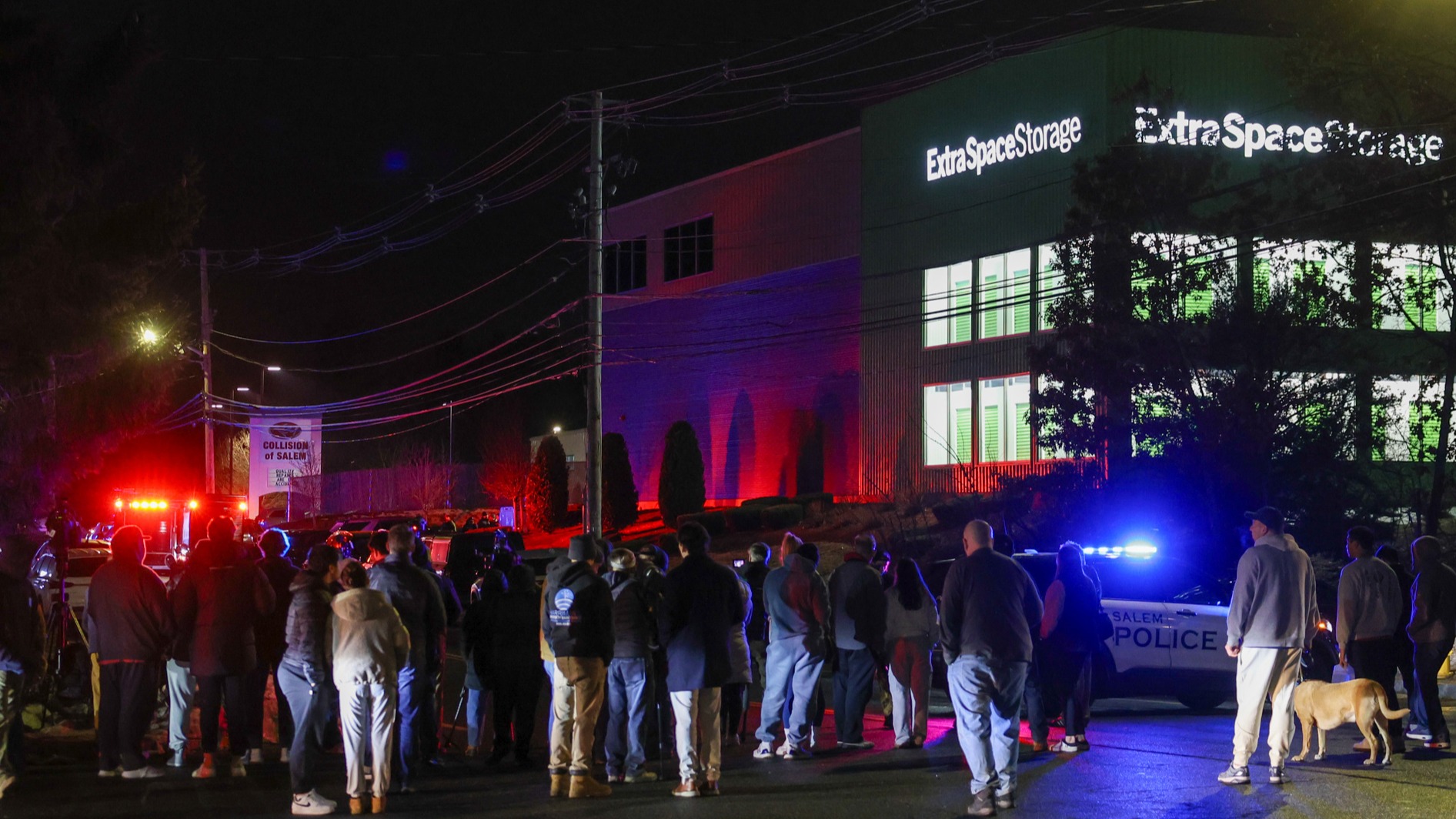The biggest and most powerful space rocket ever developed successfully launched, but its booster rocket exploded after take off.
Space X’s Starship spacecraft and Super Heavy rocket – collectively referred to as Starship – are a reusable system designed to carry both crew and cargo to Earth’s orbit, the moon, Mars and beyond.
The 120-metre-tall vehicle lifted off from SpaceX Starbase in the US state of Texas shortly after 2.30pm BST.
Space X’s Twitter account said: “Starship has cleared the pad and beach! Vehicle is on a nominal flight path”
Although the rocket successfully launched and made it into the air, the booster rocket, Super Heavy, appeared to have failed to separate.
This saw the launch end in an explosion high in the atmosphere.
The first and second stages of the launch vehicle failed to separate, ending the mission with a bang.
The Starship spacecraft and Super Heavy rocket – collectively referred to as Starship – both appeared to flip in the air a number of times before disappearing in a fireball over the ocean about four minutes after lift-off.
Super Heavy is the first stage of the launch system, is fully reusable and is designed to re-enter Earth’s atmosphere to land back at the launch site.
Space X added: “As if the flight test was not exciting enough, Starship experienced a rapid unscheduled disassembly before stage separation.
“Teams will continue to review data and work toward our next flight test.
“With a test like this, success comes from what we learn, and today’s test will help us improve Starship’s reliability as SpaceX seeks to make life multi-planetary.
“Congratulations to the entire SpaceX team on an exciting first integrated flight test of Starship!”
The test flight will last one and a half hours, and although designed to be reusable and land on solid ground, the vehicle will splash down in the Gulf of Mexico.
There were no people or satellites on board the test flight.
The launch was postponed on Monday, April 17 due to a “frozen valve”.
Follow STV News on WhatsApp
Scan the QR code on your mobile device for all the latest news from around the country


 SpaceX
SpaceX























